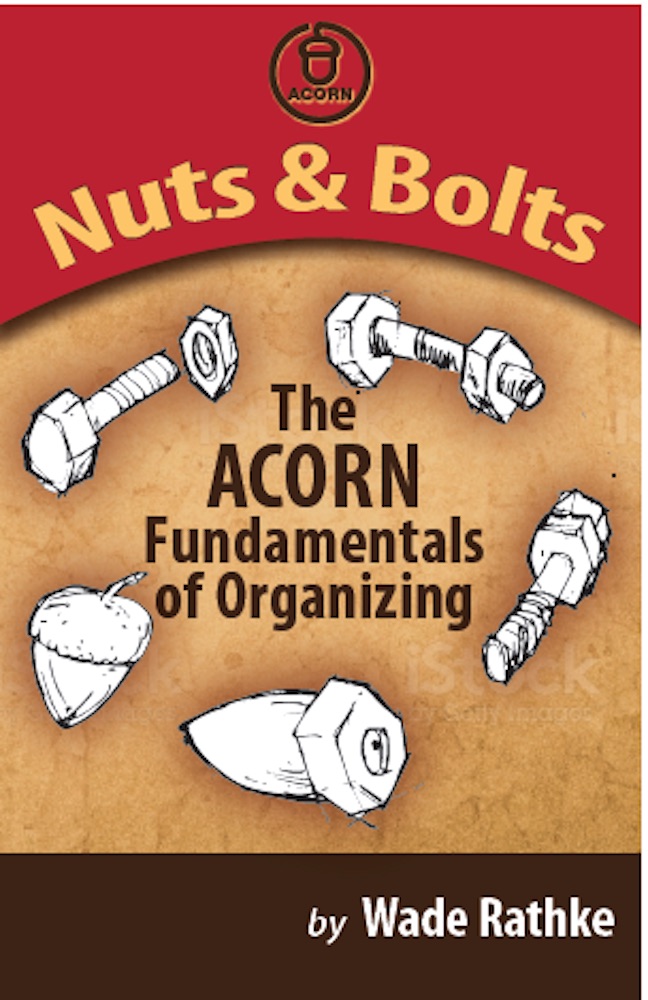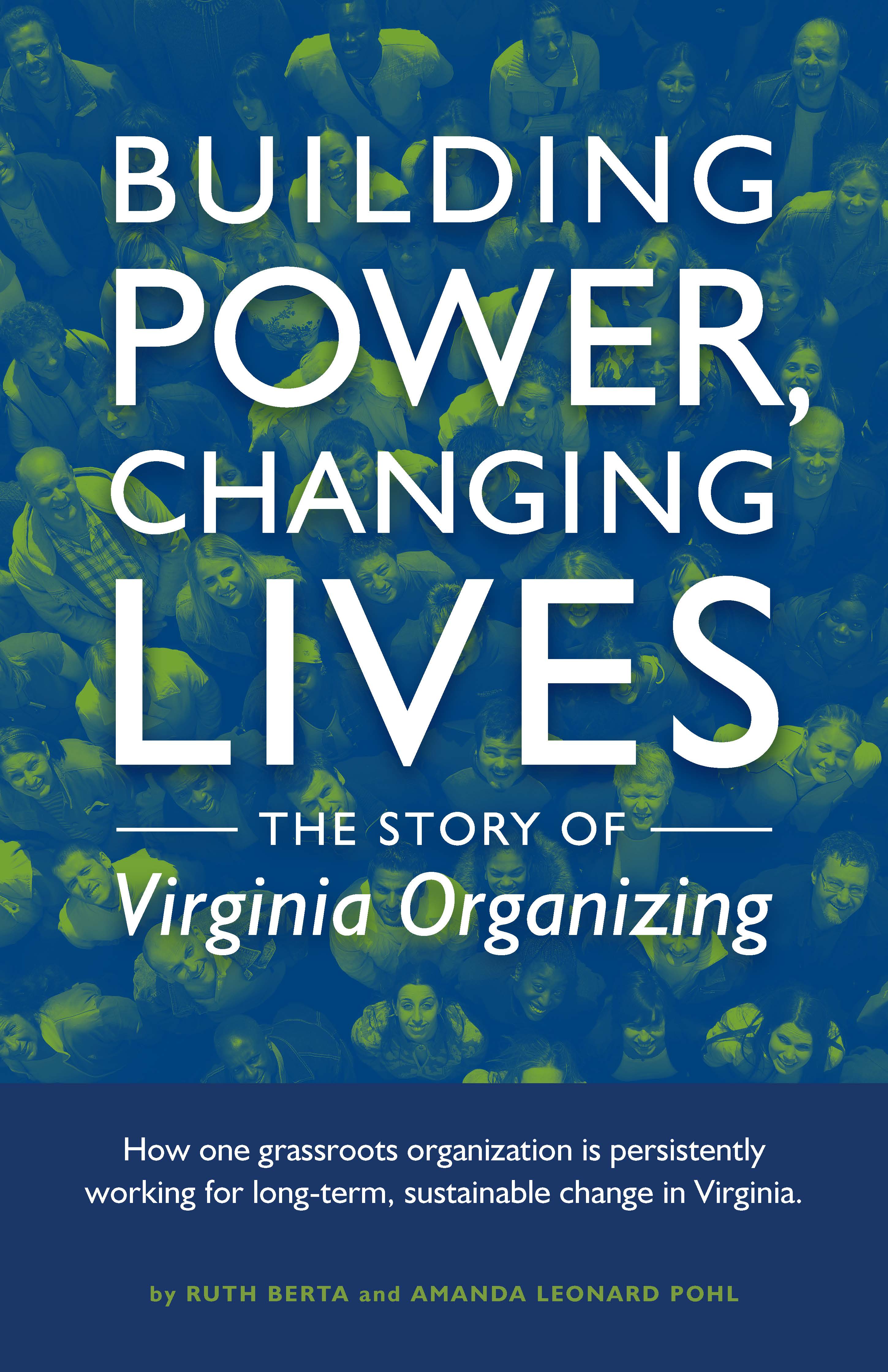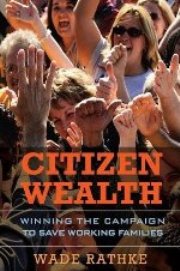MONEY MATTERS - If the Rich Get Richer, Do We Get Poorer?
Written by Drummond Pike
I’m up early this morning in Taipei for Day 4 of our Organizer’s Forum trip to this remarkable place. This morning’s news has the story of the sinking of a yacht Bayesian owned by Mike Lynch, often called the British “Bill Gates.” In other words, he was very rich. The boat was nearly 200 feet long, so you can’t really call it a “boat,” though it’s rigged like a skiff or as a sloop (1 mast, 2 sails).
I grew up sailing on a 36’ sloop with my dad and loved the experience. He would have been gaga at the size and beauty of this “megayacht.” In those years with my dad, the renewal of the America’s Cup reminded all of us sailors of the halcyon days of the huge boats built in the Gilded Era of the 1890s like Columbia that defeated Thomas Lipton’s (yes, that Lipton) Shamrock in 1899.
These “boats” were huge and required literally dozens of crew to man-handle them around a race course, there being no other reason to leave the dock. Then, the pleasure was in the racing, not in fancy staterooms and sea-going art collections. But today’s version, like the Bayesian that sank, are only possible when someone is so enormously rich that money is no object. The are symbols of astronomical wealth and comprise one measure of the return of a new gilded age when super wealthy people can accumulate absurd amounts. Back in 1899, the America’s cup winner, Columbia, was built by someone who became so wealthy that we still know his name: J. P. Morgan.
Mike Lynch, who sadly appears to have gone down with his ship, is nowhere near as wealthy as JP Morgan, but he was one rich dude. Tellingly, the far wealthier founder of Amazon, Jeff Bezos, has built an even bigger sailboat, so big that it needs another megayacht just to be its tender. If money is no object, why not have two?
In 2002, Paul Krugman wrote in the NYT Magazine:
We are now living in a new Gilded Age, as extravagant as the original. Mansions have made a comeback. Back in 1999 this magazine profiled Thierry Despont, the ''eminence of excess,'' an architect who specializes in designing houses for the superrich. His creations typically range from 20,000 to 60,000 square feet; houses at the upper end of his range are not much smaller than the White House. Needless to say, the armies of servants are back, too. So are the yachts. Still, even J.P. Morgan didn't have a Gulfstream.
In the last issue of Social Policy, I wrote about “limitarianism” the new and uncomfortable (for some) concept that perhaps society needs to put a limit on how much one person can accumulate. The question was posed by Ingrid Robeyns who thoughtfully asked if instead of “lifting the bottom up” to address inequality, maybe we should consider capping the top? Gilded Ages should force us to ask this question, and Robeyns has gracefully done so. (Her book, Having Too Much is a great contribution. https://www.openbookpublishers.com/books/10.11647/obp.0338)
The last Gilded Age ended with what Krugman and others labeled “The Great Compression,” highlighted by the New Deal creations of Social Security and various public works/employment programs (WPA, etc.) and financed by progressive taxation. Public support for government’s economic role was then solidified by the WWII experience of nationalized industries and price controls. The combination ushered in the booming middle class of the 50s and 60s, the erosion of which since 1980 few can dismiss but explanations for which even fewer can agree upon.
Krugman’s seminal NYT Magazine piece in 2002, entitled “For Richer,” was an early warning that we have again embarked on a new Gilded Age that began with the discredited theory of “trickle-down economics,” underpinning the Reagan Era tax cuts in the 80s. That theory, if you even credit it with that descriptor, argued that if you cut taxes on the rich, they will use tax savings to create jobs that stimulate an expanding economy that in turn increases tax revenue, albeit at lower rates, and everyone will be happy. Simply put, the theory didn’t work.
Reagan’s tax cuts in ’81 and ’86 are now analyzed has having vastly increased the federal deficit – that frequent target of GOP angst. Republicans rail against social spending as causing the deficit while constantly reducing revenue through cuts in corporate and high income taxation. This becomes their favorite punching bag justifying reductions in support for education, health care, or the social safety net. Their argument that the private sector can produce better cheaper outcomes is almost laughable – witness for instance the contrast between our health care system and Canada’s – but they tie this to the political eye candy of tax cuts and you can win arguments with working people whose incomes have largely been stagnant since the 70s. Lower taxes means a skosh more income – so sure, I’ll vote for that. But as Piketty and Saez began arguing 25 years ago, the real result has been a far more disproportionate accumulation of wealth and income amongst the very rich, literally with no discernable limits. And they have used that wealth to great advantage as the tech revolution unfurled its sails over recent decades to displace the post-WWII industrial economy.
So the rich keep getting richer, and the rest of society struggles to get by. The vast majority of working folk are one car failure or health surprise away from financial disaster. But every one of us, rich and poor alike, pays into Social Security and Medicare….out of the first $168,600 we might earn. That means that your McDonalds server or Uber driver is paying out for the social safety net out of ALL their earnings, but the rich? No, no, no. They just pay on that first chunk. Make more than the cap, like most professionals and finance whizzes and corporate managers, and, hey, you’re in the gravy with regard to FICA. And this regressive tax is only one minor, subtle way the rich get richer. How the GOP convinced so many that this is fair is beyond me, but they have.
In a similar way, estate taxes on what you give during your lifetime or leave behind to your family or friends has been part of the anti-tax conservative movement for years. And it also has a cap allowing people to pass on literally millions (currently $13,600,000 or so per person) before the estate tax kicks in. What’s so interesting is that well over 60% of Americans think they will have to pay estate taxes. In reality? It’s less than 0.2% of estates that owe tax. So, why is it that the well-funded, long term GOP campaign to eliminate the estate tax continues to hoodwink the public into thinking they will pay the “death tax?” It is, not surprisingly, a core concern of the very, very wealthy. To qualify in the top 1% that we hear so much about, you only need to accumulate some $11.6 million – less than half of what the figure would be for the estate to be taxed.
You would think that this discrepancy might indicate that Americans are busily saving for retirement and don’t want to see their hard-earned dollars syphoned off by the IRS. In reality? Hardly the case. Today, 28% of working people have NO retirement savings of any kind. 39% of workers are not contributing in any way to a retirement or pension plan, and 30% of those surveyed state that they will NEVER be able to retire. This means that a third of workers will end up with only Social Security to rely on once they are retired or unable to work. So how much is that? Well, I wish I could tell you. It is so bloody complicated! It’s a scale that depends on whether you were a high earner and contributed up the FICA cap or if you were a regular Jill and earned less than half that. And then, of course, they deduct the amount – also calculated in a highly confusing way – that you need to pay for Medicare. Anyway, it’s safe to estimate that low wage workers will end up with about $1200/month from Social Security to live on. Now if you live overseas in an emerging economy like Kenya, as do two of my brothers, that will go a long way. But in urban America? Good luck. And let’s not be subtle. The conservative attack on government and taxation is not driven by working class people who want to get rid of Social Security or Medicare. It’s driven by the anti-tax, anti-regulation greed-mongers, those billionaires who buy up media and politicians (thank you Supreme Court) like they were just another mega-yacht toy. But they use those assets like a bludgeon over a malleable public.
Mike Lynch was found drowned in his cabin which is sad indeed for any sailor to read. He was a man who made hundreds of millions by commercializing probabilities to gather in his bounty. Bayesian is named after the mathematician who figured out how a mere sampling of new data when combined with historical data could give you probability of where things were going. One wonders if someone failed to calculate accurately the probability that his super yacht, asserted to be “hurricane proof” (if there even is such a thing for a vessel), could meet the one in whatever chance of failing. Perhaps there was human error involved, for instance if the retractable keel was not extended to give the boat a better chance - but that remains to be seen. Nonetheless, probabilities are just that and are never absolute. Just ask Hewlett Packard that bought Lynch’s company and then sued him for overvaluing its worth. He won that lawsuit, it turns out, and that was why he, his family, his lawyers, and associates were on board for a celebratory tour of the Mediterranean. Beats having a beer at the neighborhood pub, no?
This all leaves me with this question: How probable is it that a decent income will ever be available for retired and disabled blue collar workers in the future? I hate to rely on statistics and speculation in considering this, but I think it fair to say the odds are maybe one in a million?
Drummond Pike, a frequent Organizers’ Forum participant and contributor to these pages, was the founder and CEO of Tides in San Francisco, and continues to be involved in philanthropy and social change.










